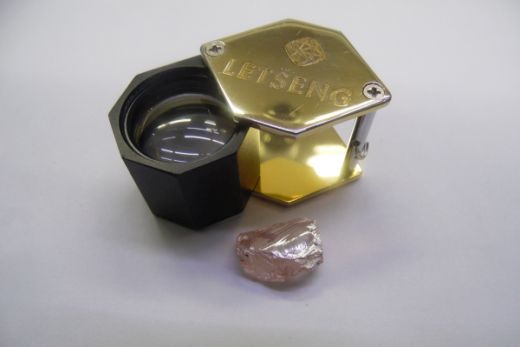Christie’s sold a Kashmir sapphire and diamond bracelet to Harry Winston for $6 million on Tuesday, kicking off the December New York Magnificent Jewels season.
The piece, which led the auction house’s New York sale, featured a 43.10-carat sapphire surrounded by 67.90 carats of D-color, internally flawless diamonds. The final price fell within the estimate of $5 million to $7 million that Christie’s had given ahead of the sale.
“We are very proud to have purchased this extraordinary Kashmir sapphire, which joins the ranks of the finest diamonds and colored gemstones acquired by Winston to form our superb Legacy Collection,” Harry Winston CEO Nayla Hayek said in a statement Tuesday.
Christie’s brought in $44.6 million at the 10-hour Magnificent Jewels auction, with 95% of items selling by value and 91% by lot, it reported. Bidders took part from 39 countries, with the final sales total equal to 118% of the items’ combined low estimates.
Sapphires were a theme at the sale: A 1917 Van Cleef & Arpels ring featuring a 21.72-carat cabochon Kashmir sapphire ring went for $1.7 million, while a necklace with an 80.86-carat Burma sapphire in the center fetched $1.1 million. Meanwhile, a Cartier brooch set with an Art Deco Kashmir sapphire weighing 12.64 carats, formerly from the collection of Jean Stralem, realized $1.5 million.
Other highlights included a pair of earrings containing fancy-intense-purplish-pink and fancy-intense-pink diamonds, weighing 2.61 and 2.34 carats. The piece sold for $2.1 million.
The auction preceded the Sotheby’s New York Magnificent Jewels sale, which takes place Wednesday. A ring featuring a fancy-vivid-pink diamond flanked by two fancy-intense-blue diamonds — estimated at up to $12 million — will headline that event.
Source: Diamonds.net











